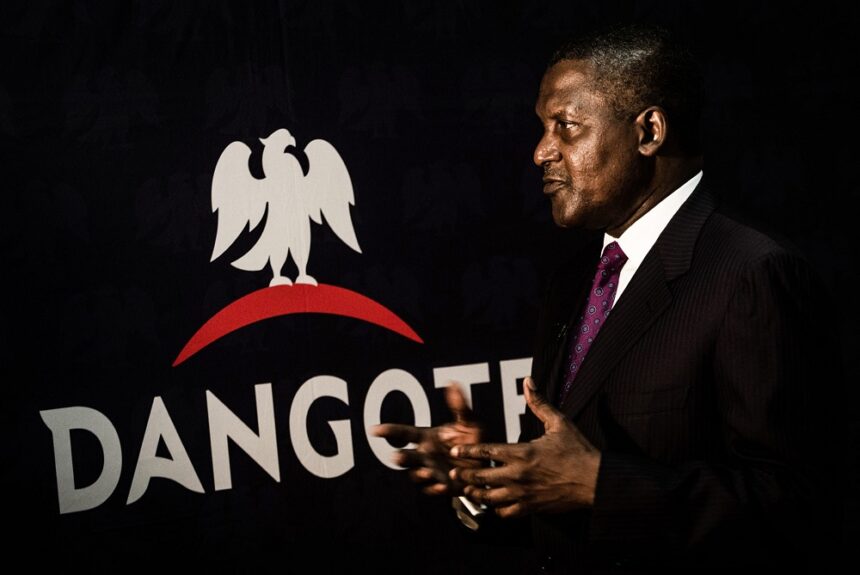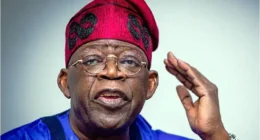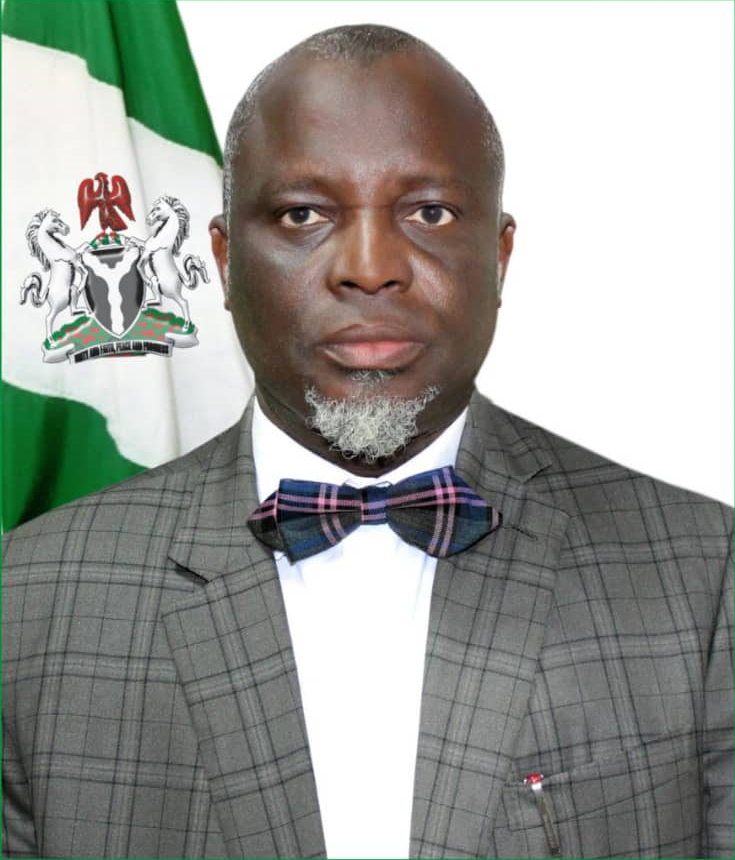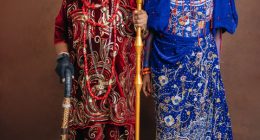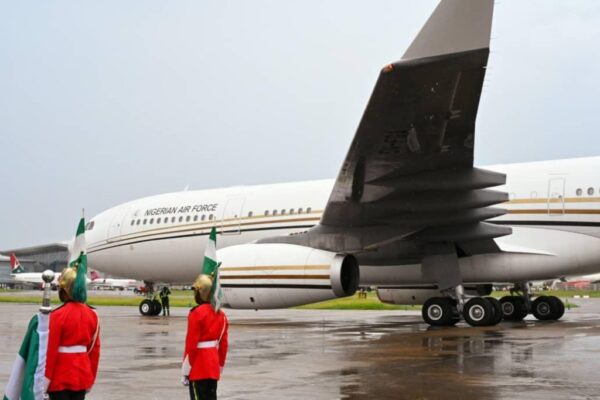 The newly acquired presidential jet, recently flown to South Africa for refitting and repainting, marks a significant milestone in the ongoing modernization of the country’s executive transport fleet. This decision, driven by both operational needs and national branding considerations, reflects the government’s commitment to ensuring that its highest office is supported by safe, efficient, and symbolically resonant infrastructure. The aircraft’s journey to South Africa signals the beginning of an intricate process involving technical upgrades, aesthetic transformation, and geopolitical optics.
The newly acquired presidential jet, recently flown to South Africa for refitting and repainting, marks a significant milestone in the ongoing modernization of the country’s executive transport fleet. This decision, driven by both operational needs and national branding considerations, reflects the government’s commitment to ensuring that its highest office is supported by safe, efficient, and symbolically resonant infrastructure. The aircraft’s journey to South Africa signals the beginning of an intricate process involving technical upgrades, aesthetic transformation, and geopolitical optics.
Presidential aircraft are more than just flying machines; they are moving symbols of state power, prestige, and national identity. For many nations, the president’s jet embodies the face of leadership abroad, projecting an image of sophistication, security, and sovereign pride. The decision to procure a new jet was reportedly the result of several years of planning, with the former aircraft — after serving the presidency for over a decade — becoming increasingly expensive to maintain and technologically obsolete.
The newly acquired aircraft, a long-range executive jet model from a reputable international manufacturer, was chosen for its advanced avionics, extended range capabilities, and suitability for modifications that meet VIP and military standards. Although the procurement has drawn public attention, especially regarding its cost implications, officials have defended the move as a necessary investment in operational efficiency and safety.
The selection of South Africa as the destination for refitting and repainting has practical and strategic reasons. South Africa is home to some of the most advanced aerospace engineering facilities on the continent, including companies with extensive experience in VIP aircraft customization, defense retrofitting, and aviation aesthetics.
Refitting typically involves modifying the aircraft’s interior to accommodate a suite of presidential requirements, including secure communications, conference facilities, rest areas, and defensive systems. This stage ensures that the aircraft is not just comfortable but also capable of functioning as a mobile command center. The standards adhered to during this phase often reflect those used by other world leaders, ensuring compatibility with international aviation and security protocols.
Repainting, while cosmetic on the surface, carries deeper symbolic value. The aircraft’s exterior design will likely incorporate national colors, symbols, and insignia, projecting a powerful visual statement wherever the president travels. This branding exercise is meticulously planned, often involving government input, heraldic consultants, and national artists. A well-executed paint scheme is intended to inspire pride at home and respect abroad.
As is often the case with high-profile government purchases, the acquisition and subsequent modification of the presidential jet has not been without controversy. Critics have raised concerns about the timing of the expenditure, especially amidst broader economic challenges, citing it as a potential example of misaligned priorities. Questions have also been raised about transparency in the procurement process, vendor selection, and the exact cost of the customization being carried out in South Africa.
In response, government officials have emphasized the necessity of the upgrade, pointing out the high maintenance costs and safety risks associated with the older aircraft. They argue that the long-term savings from a newer, more efficient aircraft, combined with the strategic importance of projecting a strong national image, justify the expense.
Additionally, the decision to refit the aircraft in Africa — rather than sending it to Europe or the United States — has been defended as a commitment to regional cooperation and the development of continental aerospace capabilities. South African aviation firms, with a proven track record in military and civilian aircraft services, stand to benefit economically from the contract, promoting intra-African economic ties.
The refitting and repainting process is expected to take several weeks, depending on the scope of modifications and the complexity of design elements. Upon its return, the jet will be unveiled in a ceremony likely to be attended by top government officials, military leaders, and diplomatic representatives. The unveiling will serve not only as a public debut of the aircraft but also as a symbolic reaffirmation of national pride and forward-looking leadership.
The presidency has also indicated plans to use the occasion to highlight the country’s broader investment in infrastructure and modernization, linking the jet’s acquisition to themes of national renewal and global engagement.
The refitting and repainting of the newly acquired presidential jet in South Africa is a significant event, touching on issues of statecraft, national image, and continental cooperation. While debates over cost and necessity are likely to persist, the endeavor ultimately reflects a vision of leadership that values safety, symbolism, and sophistication. As the jet returns home in its new livery, it will do more than carry the head of state — it will carry the aspirations of a nation determined to claim its place on the world stage.

